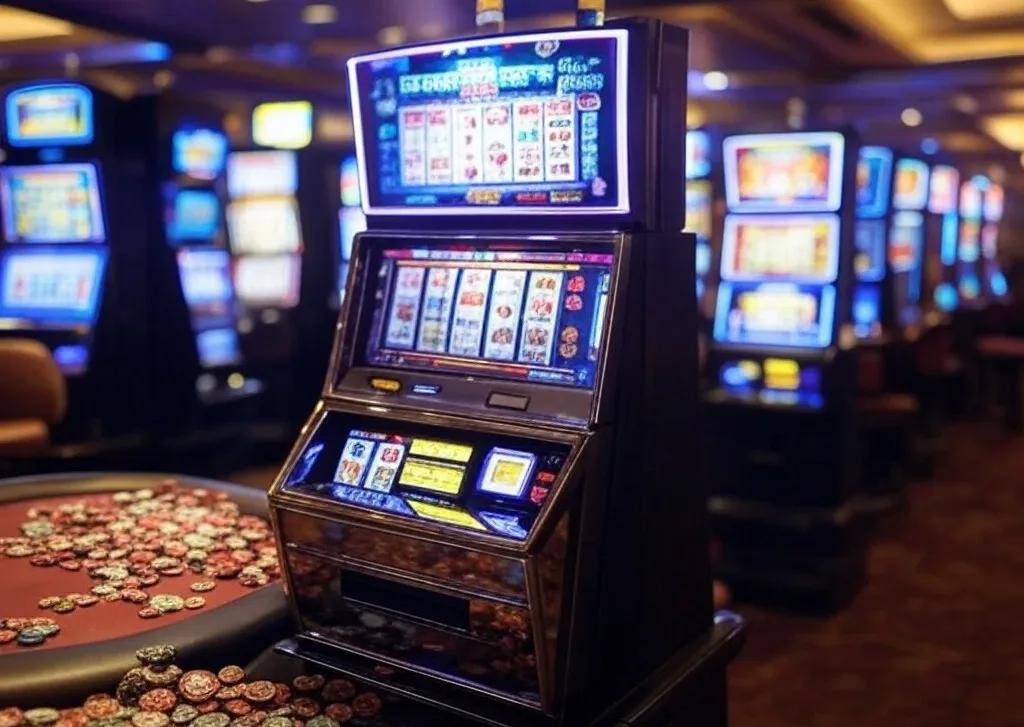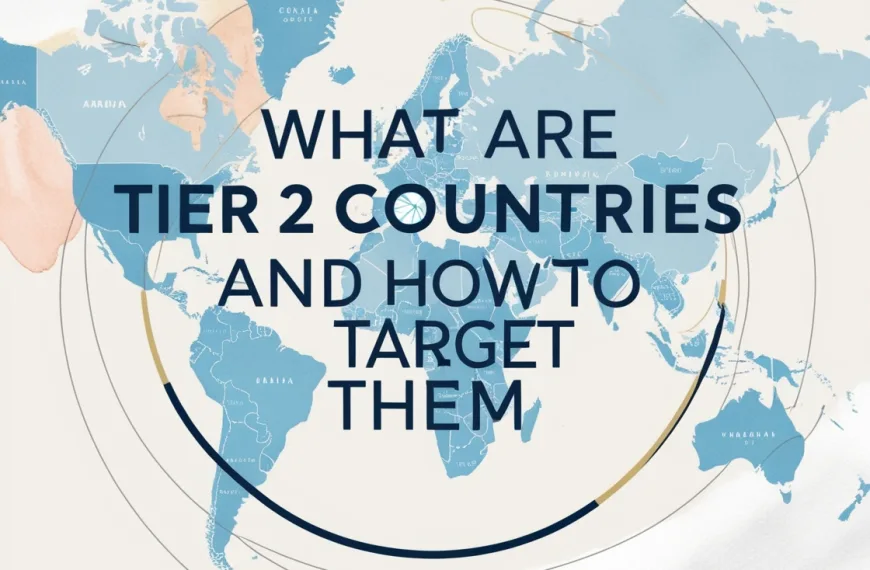When you’re gambling, whether in a casino or online, you’ve probably come across the term “RTP.” While it’s easy to gloss over acronyms like these, understanding them can significantly enhance your chances of making informed decisions and improving your gambling experience. RTP, or Return to Player, is a crucial metric that can provide valuable insight into how games are designed and how likely you will win over time. In this article, we will break down what RTP is, how it affects your odds of winning, and how you can use it to choose the best games for your gambling preferences.
What is RTP and How Does It Work?
RTP stands for Return to Player, which refers to the percentage of wagered money a specific game is expected to return to players over a prolonged period. In other words, the RTP slots explanation says that it is a theoretical measure that tells you how much money spent on a game (like a slot machine) is returned to players as winnings. For example, if a slot game has an RTP of 96%, it means that, on average, the game will return 96% of the total money bet by players over a long time, and the remaining 4% is the house edge (the casino’s profit margin).
It’s important to note that RTP is calculated over the long term. It means it’s based on millions of spins or hands, so it doesn’t necessarily reflect the outcome of a single session or a few rounds of play. RTP is a statistical average, and each spin or round is an independent event without guaranteeing what will happen in the short term.
Most casino games, especially slot machines, have an RTP value assigned by their developers. In traditional games like roulette or blackjack, RTP can vary depending on factors like game rules or player decisions, but RTP in slots is generally set at a fixed percentage.
How RTP Affects Your Chances of Winning
At its core, RTP reflects the odds of winning any game, but it’s crucial to understand what it means for your gambling experience. For instance, if a game has a high RTP, the chances of returning a more significant percentage of your wagers are statistically better over time.
However, this doesn’t mean you will win every time you play. Since RTP is a long-term average, individual results can fluctuate wildly, and it’s common to experience periods of losses even in games with high RTP.
Let’s break it down further:
• High Return to Player gambling Games. Games with a high RTP (usually above 96%) are designed to pay back more to players, which theoretically means you can expect more frequent payouts, though these may often be smaller. Slots or other games with high RTP tend to have lower house edges, giving players better bet value.
• Low RTP Games. Conversely, games with a low RTP (below 90%) will return a smaller percentage of your wager over time. These games often offer more enormous jackpots or high-risk, high-reward features, but the probability of winning consistently is much lower. The house edge is higher, meaning the casino’s profit margin is more significant.
A high RTP meaning gambling doesn’t guarantee frequent wins, but it does mean that, over time, the game is more favourable to players. RTP doesn’t account for variance (also known as volatility), which determines how frequently you win and how big those wins are. Two games with the same RTP might have very different payout patterns based on variance.
The Difference Between Slots with High and Low RTP
Now that you have a basic understanding of what RTP is and how it works let’s take a deeper look at how the RTP percentage can differ between games and its impact on your gambling decisions, especially when it comes to slot machines, which are among the most popular gambling options.
High RTP Slots
High RTP slots generally pay out more of the wagers over time. A typical RTP in casino gamesfor a high-paying slot machine might range between 96% and 99%, with the average around 97%. Players who prefer these games are usually interested in getting a more predictable return on their investment.
Such slots are characterized by the following:
1. High RTP games offer more frequent but smaller wins. You may have a more satisfying experience if you prefer consistent action and don’t mind less substantial payouts.
2. Lower house edge. With a lower house edge, high RTP games offer better odds for players, though the casino still maintains a slight advantage. In the long run, players will likely receive more money back than on low RTP games.
3. Appealing to budget players. Since these games provide consistent payouts, they are often more appealing to players who like to extend their gambling session without risking too much of their bankroll.
Examples of popular slots with high RTP include Blood Suckers (98%) and Mega Joker by NetEnt (99%).
Low RTP Slots
Low RTP slots, by contrast, have a lower return rate to players, usually between 85% and 94%. These games might offer large jackpots or other high-risk, high-reward features, but they have a lower chance of consistent payouts. Distinguished by the following:
• Infrequent but larger wins. In these games, you might experience a longer streak of losses, but the potential for massive wins on the rare occasions when you hit a payout makes them enticing to thrill-seeking players.
• Higher house edge. Since the house edge is greater in low RTP slots, players are likelier to lose their bets over time. The larger jackpots are part of the attraction, but they are difficult to hit, and the likelihood of walking away with a win is lower than in high RTP slots.
• Appealing for risk-takers. Low RTP games are often more popular among risk-takers willing to accept higher losses for the possibility of winning big. These players might be drawn to hitting a life-changing jackpot, even though the odds are not in their favor.
Examples of low RTP slots include Mega Moolah by Microgaming (88%) and Dice and Fire by Pragmatic Play (90%).
How to Use RTP Information to Select Games
Now that you understand the importance of RTP in gambling, you can use this knowledge to your advantage when selecting games to play.
1. Choose Games Based on Your Risk Tolerance
Your approach to gambling can play a significant role in the types of games you enjoy and the RTP you prefer. High RTP slots might be more suitable if you want more consistent, smaller wins. On the other hand, if you’re a thrill-seeker willing to take risks for the chance of hitting a massive jackpot, low RTP games might offer the excitement you’re looking for.
2. Look for RTP Information Before Playing
Most online casinos must publish the RTP for all their games, and reputable developers will list RTP values for their slot machines and other casino games. Before you start playing, take a moment to check the RTP percentages. It is beneficial when deciding between different games with similar themes or features.
3. Be Aware of Volatility and Variance
RTP is only one piece of the puzzle. Pay attention to the game’s variance or volatility, which refers to the frequency and size of wins. A high RTP game with low volatility might give you frequent, smaller wins, while a game with high volatility could offer fewer wins but larger payouts. Understanding this can help you decide if a game’s payout structure matches your gambling style.
4. Consider RTP in the Context of Your Bankroll
If you have a limited bankroll, you might want to focus on games with higher RTP values, as they offer more consistent returns. For players with a larger bankroll or those willing to accept bigger risks, lower RTP games with larger jackpots might be more appealing, even if the odds of winning are lower.
Conclusion: How to Use RTP Information to Select Games
RTP is vital for any gambler looking to understand the odds and make better decisions about which games to play. By learning how RTP affects gambling and choosing games with higher RTPs, players can increase their chances of winning over the long term, while understanding the trade-offs of lower RTP games can help them assess whether the risk is worth the potential reward. Whether you prefer consistent, smaller wins or the possibility of landing a huge jackpot, knowing how to use RTP with other factors like volatility and personal risk tolerance can make your gambling experience more enjoyable and strategic.
In the end, while RTP won’t guarantee a win, it offers valuable insight into how the game is structured and what kind of returns you can expect.








